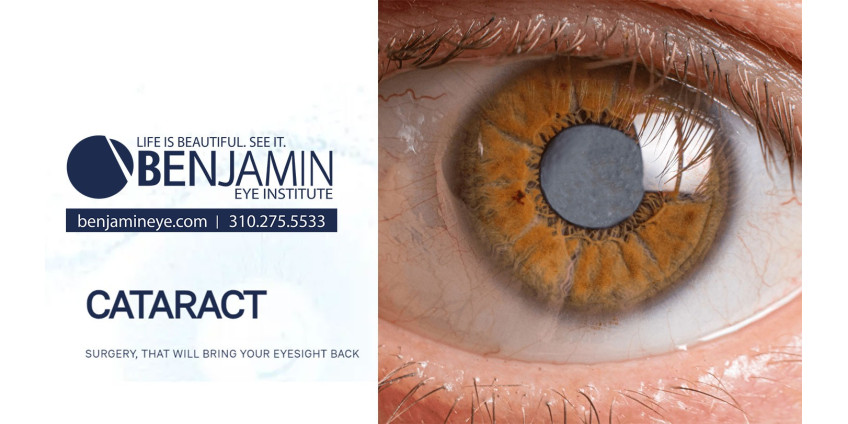As we age, many of us hear the phrase, "You have cataracts," from our eye doctor. Cataracts are a common, vision-impairing condition caused by a clouding of the eye's natural lens. This issue cannot be corrected with glasses, contact lenses, or procedures like LASIK.
The good news is that modern cataract surgery can not only restore vision lost to cataracts but often reduce the need for glasses altogether.
What Are Cataracts?
Cataracts primarily affect older adults and are prevalent among Americans over 50. According to the National Eye Institute (NEI), 68.3% of Americans aged 80 or older had cataracts in 2010, a number expected to double by 2050.
Thankfully, cataract surgery is one of the safest and most effective surgical procedures, with over 3 million performed annually in the U.S., delivering excellent results for most patients.
The Basics of Cataract Surgery
Cataract surgery involves removing the clouded natural lens and replacing it with an artificial intraocular lens (IOL) to restore clear vision. The procedure typically takes place on an outpatient basis and is completed within 15–20 minutes.
- Phacoemulsification: This advanced technique uses ultrasound to break the cataract into small pieces, which are then gently removed. The surgeon places a clear IOL in the same position as the original lens, completing the process with a small incision.
Laser-Assisted Cataract Surgery
Modern advancements include laser-assisted cataract surgery, which uses precision lasers to enhance certain steps of the procedure, such as making incisions, fragmenting the cataract, and correcting astigmatism. While this option offers greater accuracy, it comes with added costs and is not always necessary for successful outcomes.
Choosing the Right IOL
Before surgery, your eye doctor will measure your eye and determine the best IOL for your vision needs.
- Monofocal IOLs: Correct either near or far vision, with glasses often needed for certain tasks.
- Toric IOLs: Address astigmatism for sharper vision.
- Presbyopia-Correcting IOLs: Provide a wider range of vision, reducing dependence on glasses but at a higher out-of-pocket cost.
Your doctor will discuss your options and help you decide which IOL aligns with your lifestyle and preferences.
Recovery and Aftercare
Cataract surgery recovery is typically smooth and straightforward.
- Post-Surgery Care: Use prescribed medicated eye drops, avoid heavy lifting, and protect your eye with a patch when sleeping.
- Avoid Contaminants: Keep water, dust, and other irritants away from your healing eye.
- Follow-Up Appointments: Your doctor will monitor your healing progress and recommend when it’s safe to resume activities like driving.
Most patients notice improved vision within days, but full recovery can take several weeks.
Glasses After Surgery
While many patients enjoy significant improvement in their vision, glasses may still be needed for certain tasks or minor refractive errors. Options like anti-reflective or photochromic lenses can enhance comfort and vision.
Cataract surgery is a life-changing procedure that restores vision and improves quality of life. If you or a loved one are considering cataract surgery, consult a qualified eye doctor to explore your options and start your journey toward clearer sight.
















